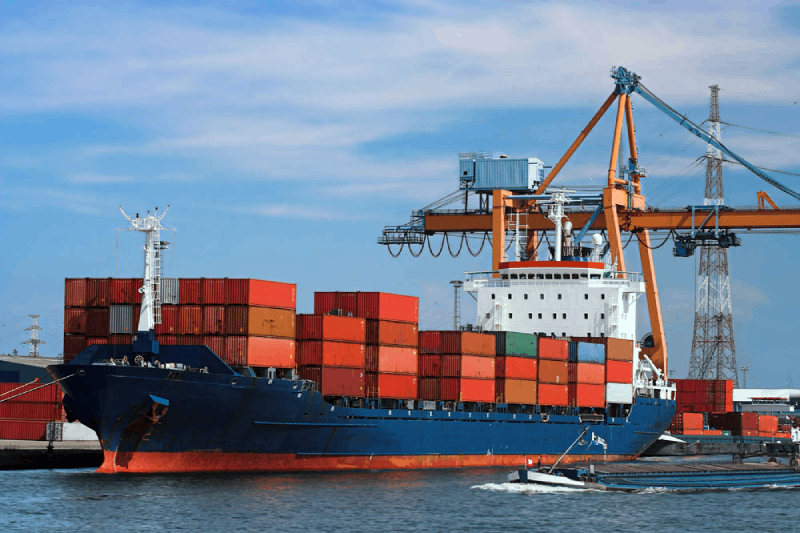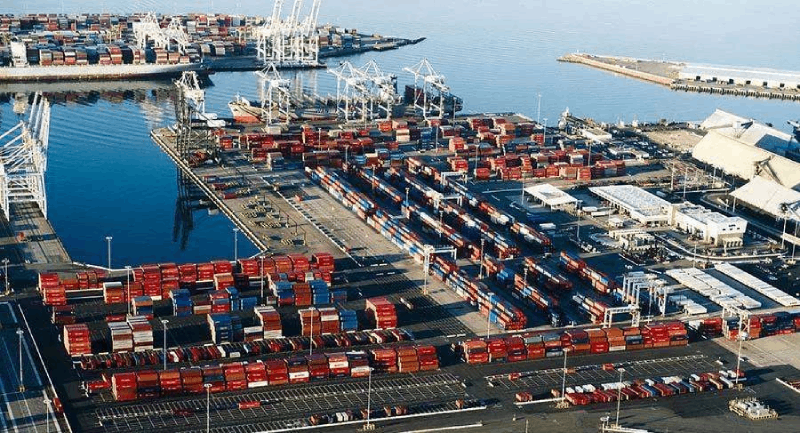Time:2022-03-21 Publisher:Kevin Num:5335

Port congestion around the world has plagued those working in the logistics industry, especially shippers with cargo in and out of the LA/LB ports in the United States.
But, according to the latest data from the Southern California Marine Exchange (MX/CG) at the U.S. port of San Pedro Bay, about 48 container ships are currently calling at the port.
The number of container ships queuing to enter the port of LA/LB has been steadily declining and has fallen to its lowest level in the last six months. However, there is still great uncertainty about future supply chain disruptions.
At the end of 2021, when the two ports had record levels of congestion, a total of nearly 116 container ships were near the two ports. This includes a record 86 vessels waiting for berth.
Subsequently, the U.S. Pacific Maritime Association (PMA) adopted a new approach to container ship arrivals, requiring inbound container ships arriving from Asia to wait at available berths approximately 150 miles off the coast of Southern California, rather than at designated anchorages or loitering areas moored.
At present, the time that ships in the Port of LA wait for a berth has dropped significantly. The average wait time for a berth is now 2.9 days, compared with seven to eight days in early 2022, based on 30 days of data.
However, experts pointed out that the two ports are expected to increase in the coming week, which may reflect the increase in cargo volumes after the Asian Lunar New Year holiday, which is expected to remain high but stable.
The Port of Long Beach reported that its February throughput was the busiest on record for the month, with total TEUs up more than 3% to 796,560 TEUs.
This month, both ports used the time to clear backlogs and reduce the number of ships waiting for berths.
U.S. government launches a major program

The Biden administration and the U.S. Department of Transportation announced on Tuesday the launch of a major supply chain data-sharing program, the Freight Logistics Optimization Project (FLOW), designed to help shorten supply chain lead times, reduce delays and lower costs for consumers.
The program was initiated by 18 initial participants, who represent different segments of the entire supply chain. Including importers and exporters, carriers, port authorities, freight forwarders and logistics companies.
Gene Seroka, executive director of the Port of Los Angeles, said. "This nationwide project will increase the resiliency of supply chain systems, improve our trade competitiveness, and enable American businesses to bring products to market with greater consistency and lower costs."
Mario Cordero, executive director of the Port of Long Beach, noted, "Developing common data standards to facilitate freight is an important model that will truly bring our industry into the 21st century."



